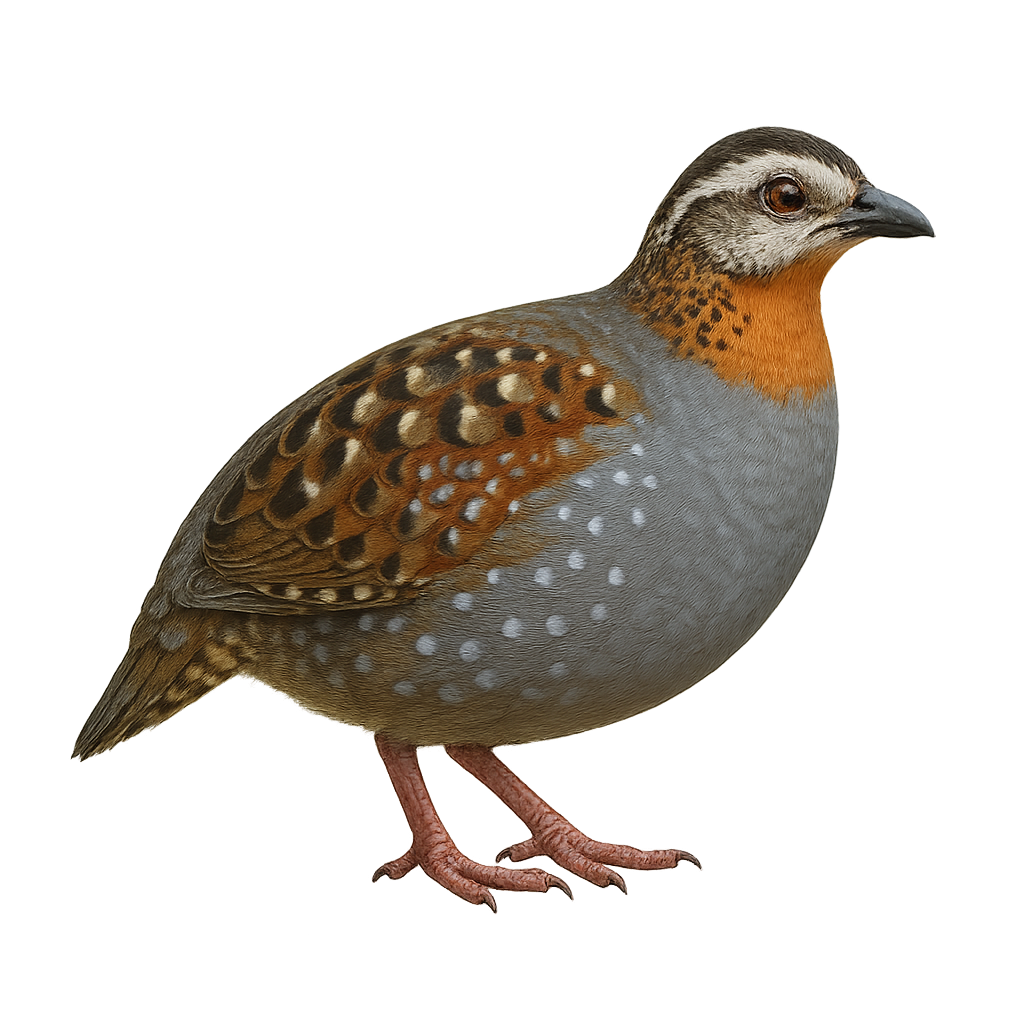Your wildlife photography guide.
Explore the rufous-throated partridge in detail, study its behavior, prepare your shots.
Where to observe and photograph the rufous-throated partridge in the wild
Learn where and when to spot the rufous-throated partridge in the wild, how to identify the species based on distinctive features, and what natural environments it inhabits. The WildlifePhotographer app offers tailored photography tips that reflect the rufous-throated partridge’s behavior, helping you capture better wildlife images. Explore the full species profile for key information including description, habitat, active periods, and approach techniques.
Rufous-throated Partridge
Scientific name: Arborophila rufogularis

IUCN Status: Near Threatened
Family: PHASIANIDAE
Group: Birds
Sensitivity to human approach: Suspicious
Minimum approach distance: 10 m
Courtship display: March to April
Incubation: 20-22 jours
Hatchings: March to May
Habitat:
Dense forests, humid forests, undergrowth
Activity period :
Primarily active during the day, with peak activity in the morning and late afternoon.
Identification and description:
The Rufous-throated Partridge, Arborophila rufogularis, is a medium-sized bird belonging to the Phasianidae family. It is primarily found in the dense, humid forests of Southeast Asia, particularly in India, Bhutan, and Myanmar. This bird is distinguished by its reddish throat and brown plumage with delicate patterns. It is often observed in small groups, feeding on seeds, insects, and small invertebrates. Although generally discreet, its melodious song can be heard throughout the forest. The Rufous-throated Partridge is a wary bird, preferring to stay hidden among the undergrowth. Its conservation is concerning due to habitat loss and hunting.
Recommended lens:
400 mm – adjust based on distance, desired framing (portrait or habitat), and approach conditions.
Photography tips:
To photograph the Rufous-throated Partridge, it is advisable to use a telephoto lens of 400mm or more to capture detailed images from a distance. Look for areas where the bird is likely to feed, such as dense undergrowth. Be patient and discreet, as this bird is wary and can easily be startled. Use low-light settings to capture details in the shaded forests.
The WildlifePhotographer App is coming soon!
Be the first to explore the best nature spots, track rutting seasons, log your observations, and observe more wildlife.
Already 1 432 wildlife lovers subscribed worldwide

